💰Scratch to WIN a share of $50,000! Every customer wins. Ends Jan 31st. Learn More
When is a pound not a pound?
WHEN IT'S CHEAPER TO BUY, ALL ROUND!
Travelling to Scotland? If so, you will encounter banknotes issued by Scottish banks.
Scottish banknotes have identical face values as their English and Welsh counterparts (£5, £10, £20 and £50 are typical denominations, although you may occasionally see £1 and £100 banknotes in Scotland).
However, Scottish banknotes look very different from English and Welsh banknotes. And, Scottish banknotes are not issued by the Bank of England.
A QUICK Q&A
Q: Is a Scottish £1 worth the same as an English £1?
A: Yes! It’s the same currency (British Pounds Sterling. You will often see the currency code of GBP).
Q: Can Scottish banknotes be used in England and Wales?
A: Interestingly, while Scottish banknotes are not in fact “legal tender” in England and Wales (yet they represent the one currency, British Pounds Sterling), they are often accepted in England and Wales. However, whether (or not) a particular vendor or service provider will accept them is a matter for you and the vendor/service provider to agree upon.
WHY ARE YOU TELLING ME THIS?
Because of the uncertainty around using Scottish banknotes in England and Wales, Crown Currency Exchange sells Scottish banknotes, when we receive them, at a better rate than English pounds.
It’s the same currency, worth the same amount in the UK. You just get a better rate!
WHAT DOES THIS MEAN?
A recent instore rate for GBP at Crown Currency Exchange was A$1 = £0.5914. For Scottish banknotes, our rate was A$1 = £0.6018, more than a penny better!
Remember: it’s the same currency, and it's worth the same amount in the UK. You just get a better rate!
Please note: better rates on Scottish bank notes are strictly subject to availability. Availability is not guaranteed. Swapping between Scottish and English notes is not permitted.








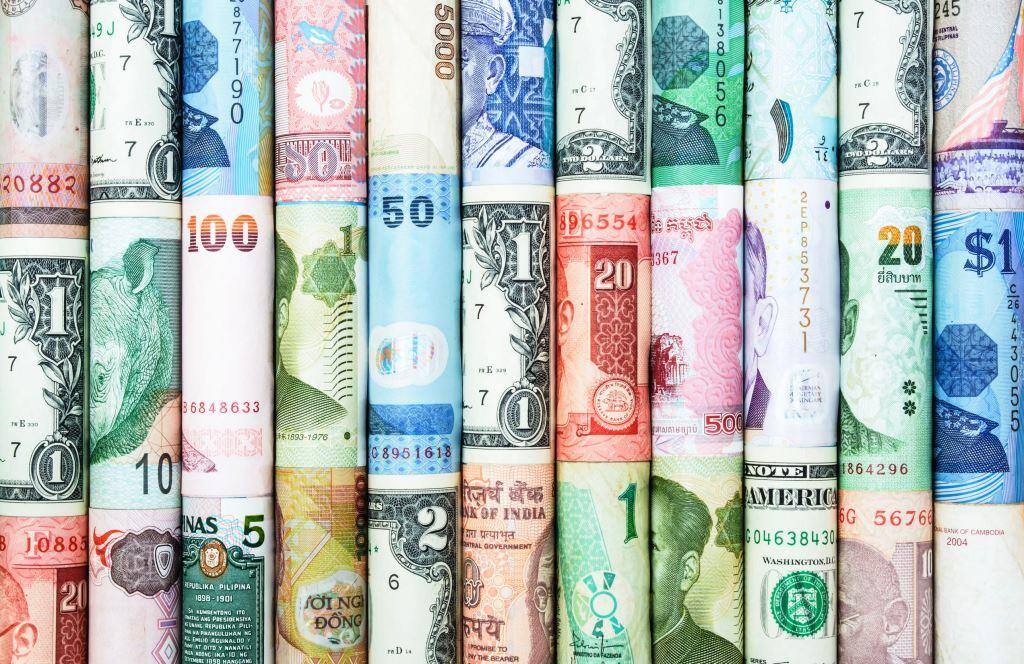
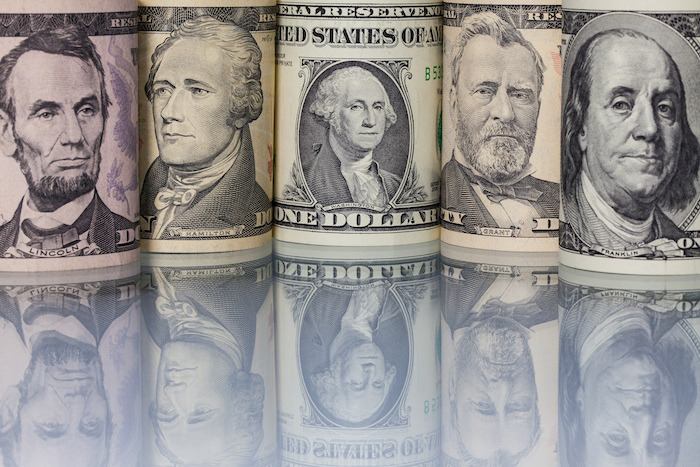



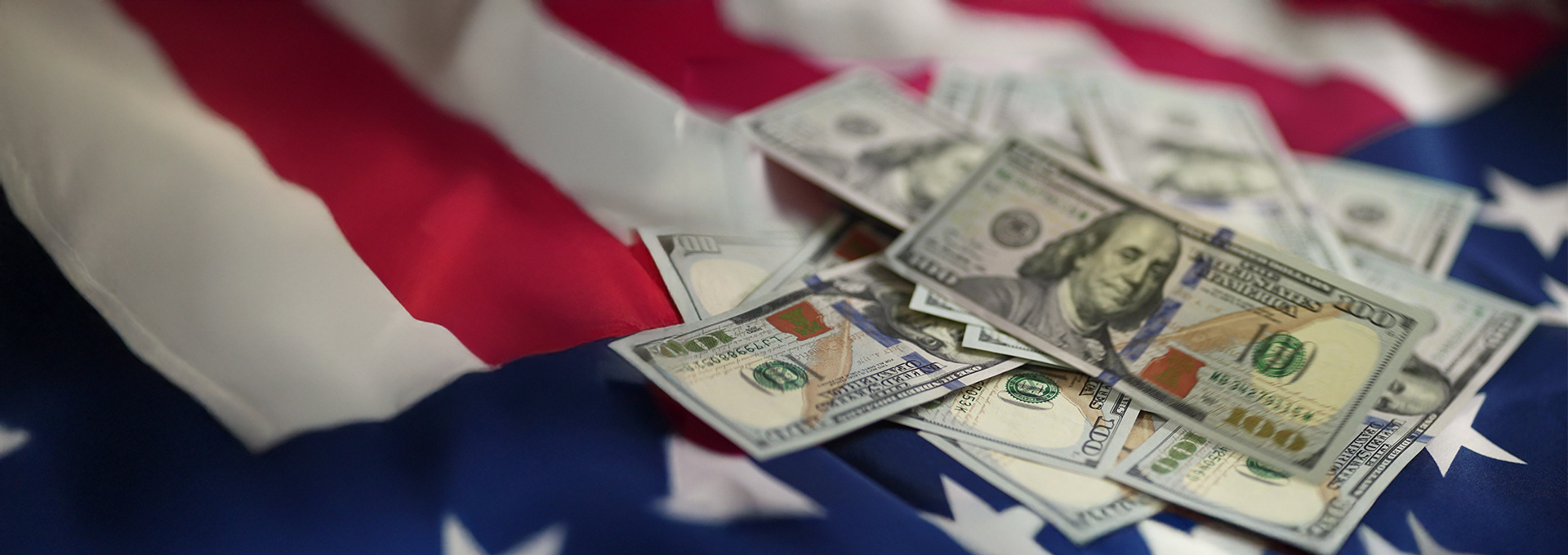




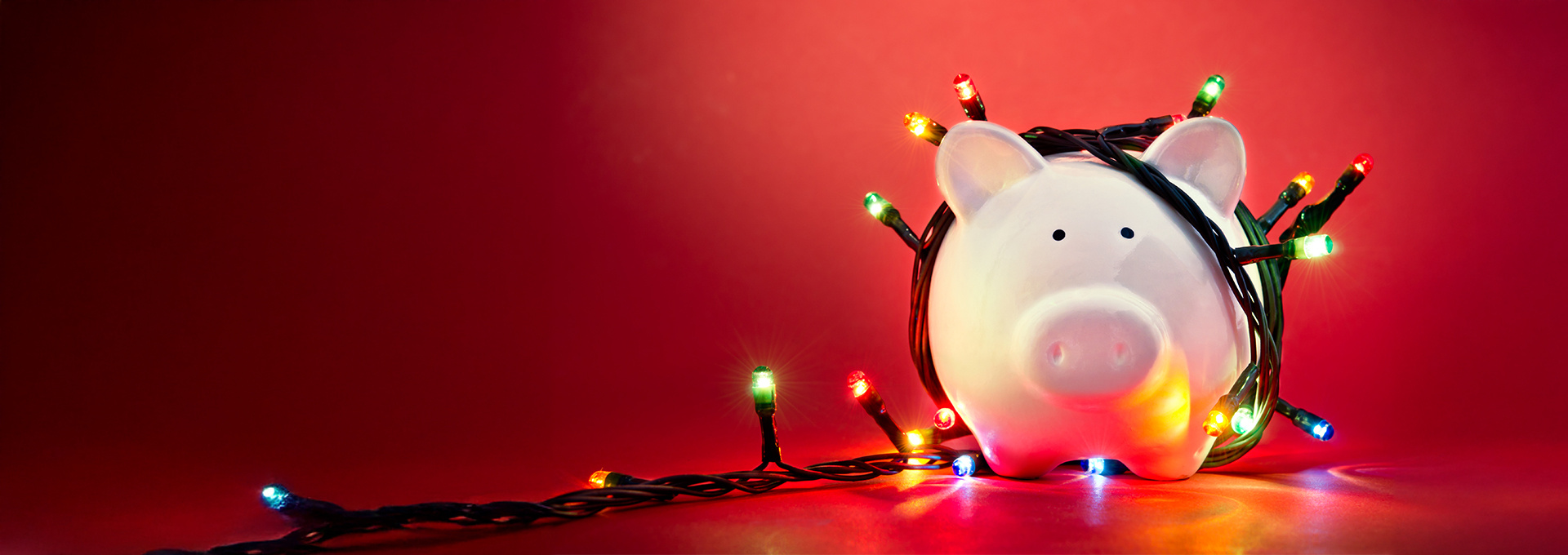


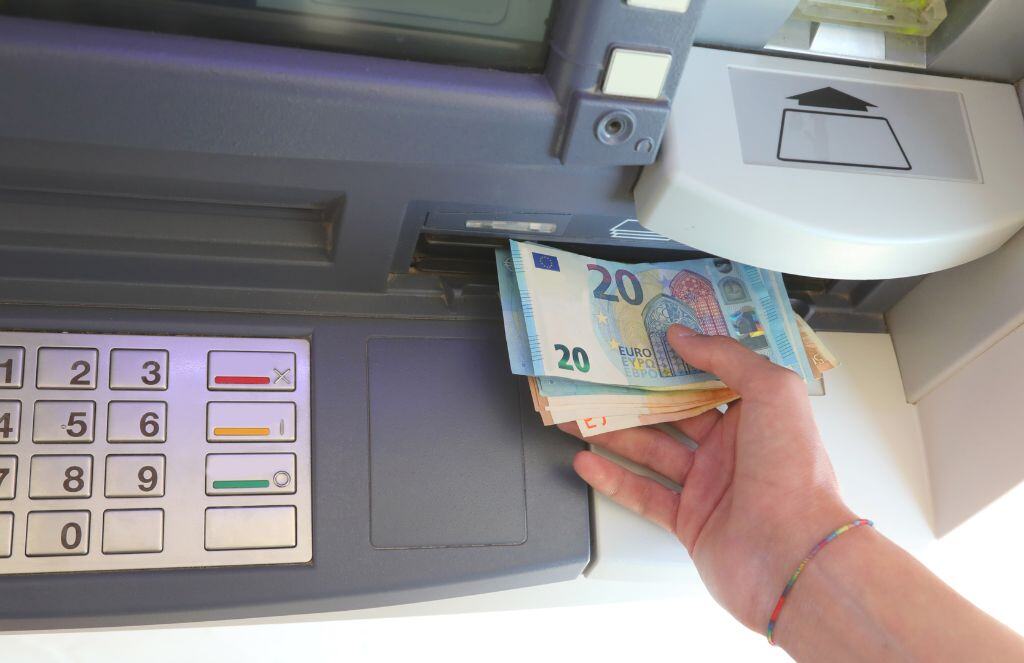


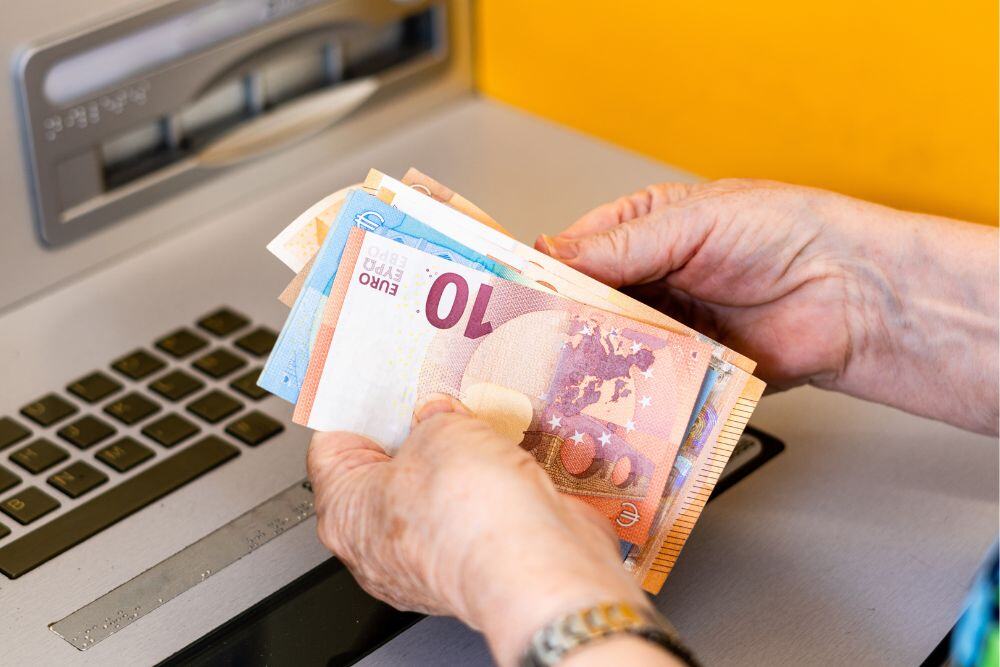
.jpg)




